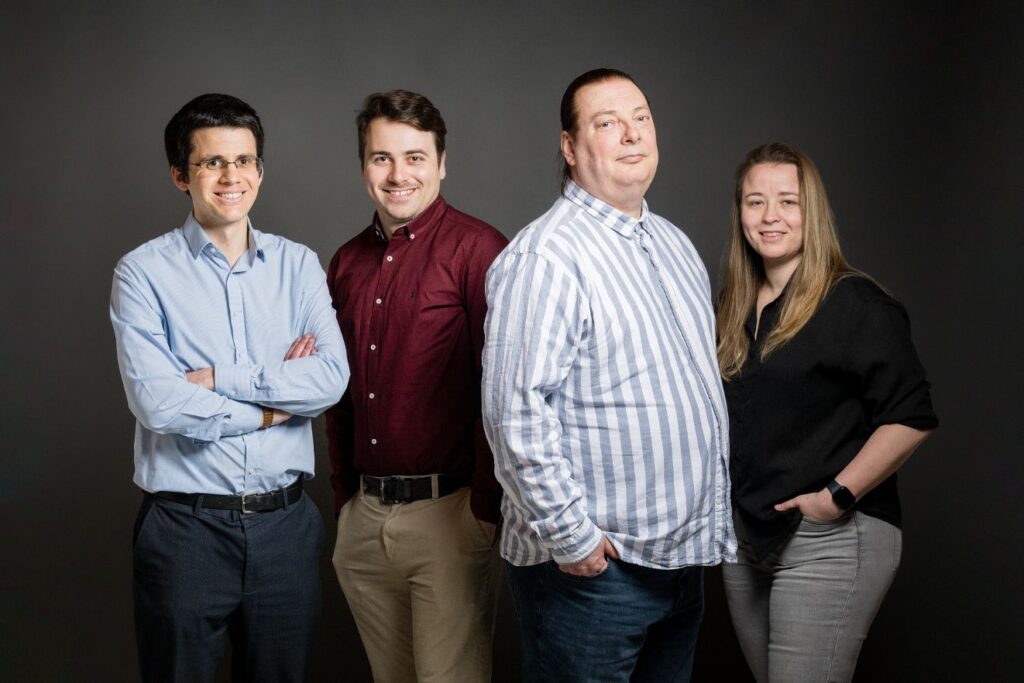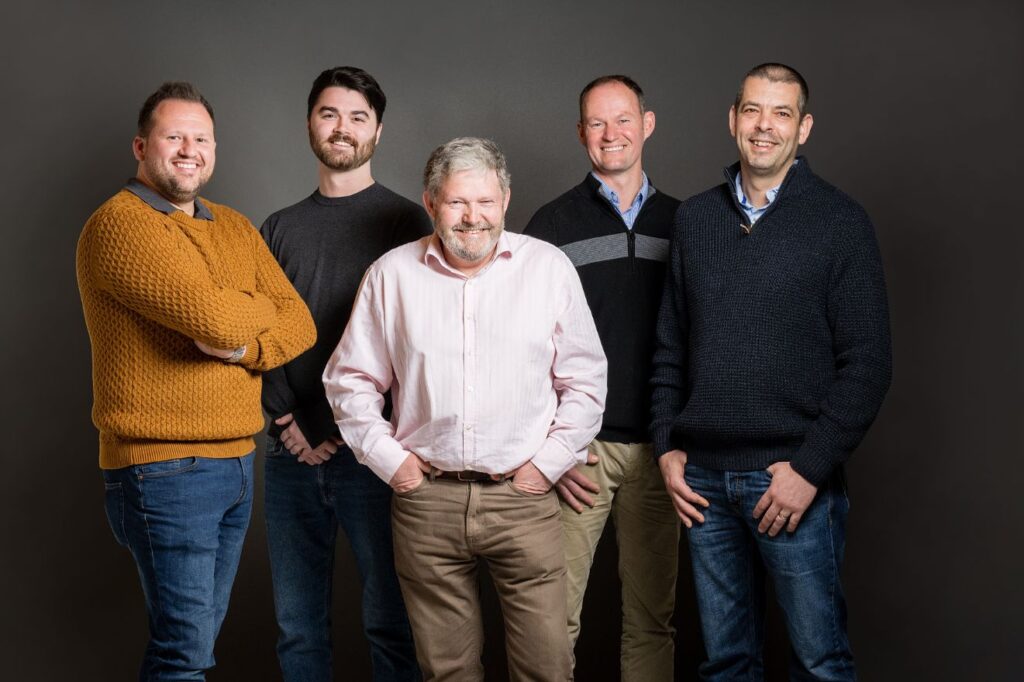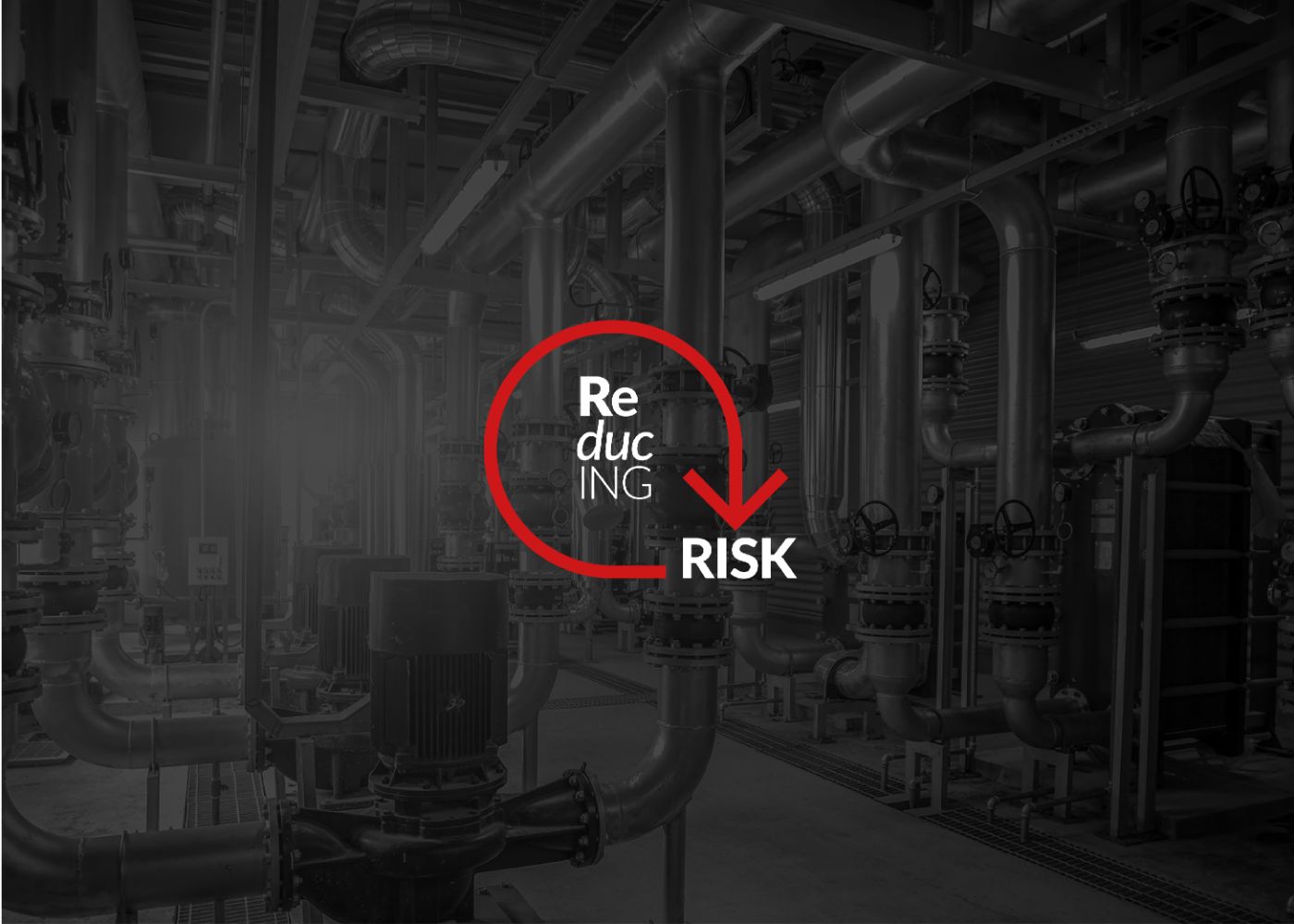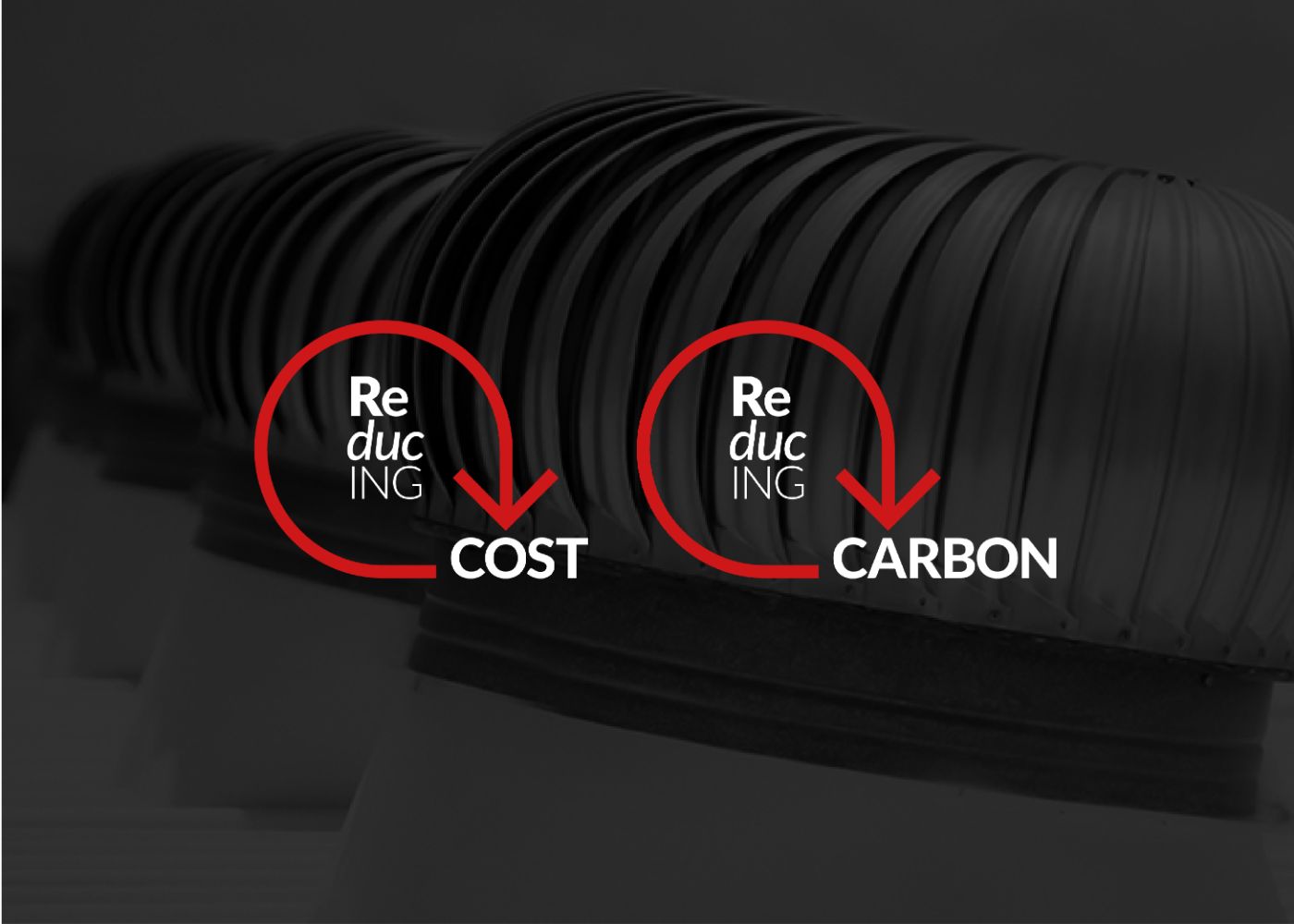Technology Team
Our team, led by Jon, have a deep understanding and experience with leading technologies in security, telematics, cloud services, big data, automation, analytics and machine learning. They have engineered a powerful product range using industry best practices and developed our unique patented innovations reducing the time and cost of data management in commercial buildings.


Engineering Team
Our building engineers provide the expertise and knowhow that underpins our ability to identify and understand the data we capture from commercial buildings. Each of our engineers has arrived at the interface of engineering and technology from different directions. Ian came via a career as an electrician, Louis micro electronics and fire control systems, Jim HVAC and security systems and Peter robotics and building automation. This combination of knowledge and experience is integral to the on-going improvement of the design and management of our Data Service.
Kanu Bhatnager
Project Manager
Kanu brings nearly a decade of experience working in the insurance and government sectors. Projects and time as a business consultant with large tech firms like Cognizant Technology Services and Wipro Technologies helped hone Kanu’s understanding of technology and business; valuable knowledge she now brings to GWTInsight.


Iain Wilcox
Client and Commercial Lead
GWTInsights Client Lead, Iain has 30 years of experience in the sector. Specialising in new product development and innovations to market he has a wealth of experience in commercial property, risk engineering, IOT and Telematics. Iain is an MBA and focused on Global Market Entry & Internationalisation of Software & Services Companies in his dissertation. Iain heads client engagement and solutions development.
Jonathan Giles
Product and Technical Lead
Jonathan is our Product and Innovation Lead. Over the last 20 years Jon has held global leadership roles in innovation, architecture, and strategy in firms such as at Marsh, Cognizant and now GWTi. Jonathan has been instrumental in innovation in commercial property insurance, risk engineering, insurance telematics and the application of IoT, AI and Big Data technology in the Insurance industry.


Peter Tuckett
Lead Building Automation Engineer
Peter is our lead building engineer having worked on improving building system performance for over 25 years. Specialising in building controls, Peter has deep knowledge of a wide range of systems and the technology that is present in commercial buildings. Peter has led the design and manufacture of our Observer device and is responsible for supporting installations in addition to contributing to the knowledge required for machine learning.
Curt Cramer
North America Lead
Curt is based in Detroit leading client engagement and managing our operational delivery to clients across North America. Curt has a background in environmental science and a career that includes leadership of large scale change and the adoption of innovative technologies. Curt brings a deep knowledge of sustainability and cross sector insight.


Philip Youell
Executive Chairman
Knowledge gained through a first career in banking then 25 years in the built environment sector as CEO of EC Harris, Arcadis Senior Management and on a variety of consulting and Board appointments enables Philip to support the team in strategy, planning, finance and governance. Acting as Executive Chairman Philip is also one of the initial investors in the firm.








